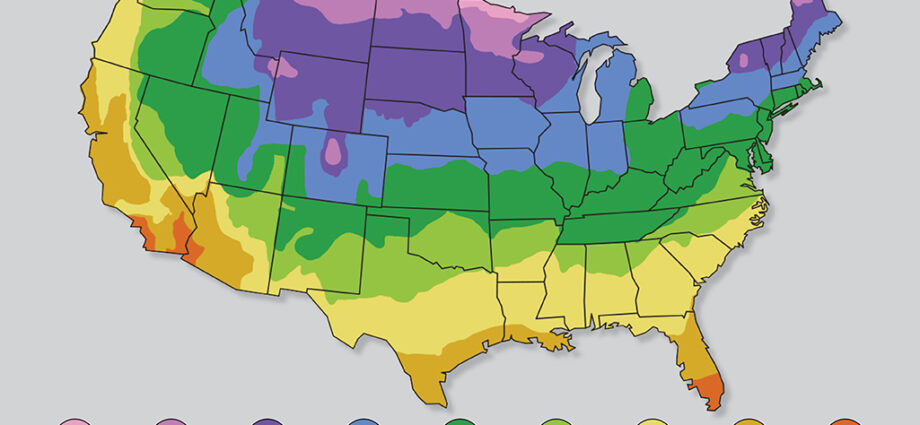While climate zone is crucial, the soil present in your California garden also significantly influences what plants will thrive. The wide diversity of soil types across the state means gardeners must assess this factor when selecting appropriate plants for their zone.
Soil texture considerations
Soil texture describes the size distribution of mineral particles within the soil. The main particles that make up texture include sand, silt, and clay. Grass texture impacts drainage, nutrient retention, and root penetration.
- Sandy soils drain quickly but dry out, requiring drought-tolerant plants or more irrigation.
- Silty soils hold some moisture and nutrients but compact over time.
- Clay soils absorb water slowly and get waterlogged, suited for bog plants.
Evaluate your native soil texture, and amend as needed to accommodate desired plants that tolerate or prefer those textural qualities.
Impact of soil density
Some California planting zones soils have high bulk density and compaction. Plant roots can’t spread easily in dense soils and receive water and air. This limits plant choices to shallow-rooted varieties or those that handle poor drainage.
- To improve density, add organic compost to increase aeration and drainage in compacted zones.
- Incorporate deep tilling or subsoiling methods tailored to your soil type.
- Select plants suitable for heavy soils or graft them onto tolerant rootstock.
Assessing soil pH
Soil pH indicates acidity or alkalinity on a scale of 1-14. Most plants thrive in the slightly acidic to neutral 6-7 pH range. But some prefer more extremes.
- Acid-loving plants like azaleas, rhododendrons, and blueberries need California’s few acidic soils.
- Alkaline-preferring plants like agaves and desert natives require basic soils in arid inland zones.
Test soil pH annually. Adjustments are made by adding elemental sulfur to lower pH or lime to increase pH. Choose plants aligned with your native soil pH zone.
Accounting for saline soils
Coastal zones and dry regions have saline soils high in sodium and salt. Saltburn and scorching damage plants not adapted to saline conditions.
- Select salt-tolerant native species like shortgrass, sage, and buckwheat for coastal zones.
- Improve drainage of soils to leach excess salts down and out.
- Wash salts off foliage and apply gypsum to displace sodium in the soil.
Evaluating soil nutrients
Testing reveals nutrient levels that indicate fertilization needs. Nutrient-poor soils limit choices to natives accustomed to low fertility.
- Incorporate compost, manure, or other organic matter to improve nutrition for needier plants.
- Fertilize according to soil test results. Don’t over-fertilize native zones.
- Choose plants aligned with your soil’s nutrient profile.
When amending soil texture, add a balanced ratio of sand, silt, and clay to achieve optimal aeration, drainage, and nutrient retention for supporting diverse plants. Loosening overly dense soils not only helps plant growth but also improves the soil’s ability to absorb and filter rainwater. In very acidic or alkaline soils unsuited for most plants, gardeners can build raised beds and fill them with quality imported topsoil to provide an ideal pH environment.

